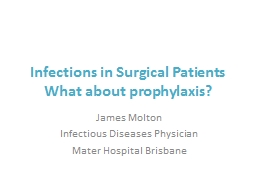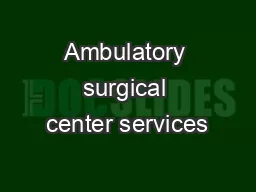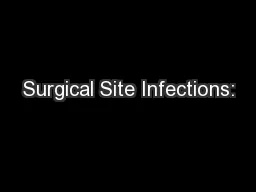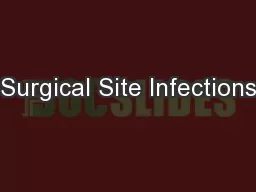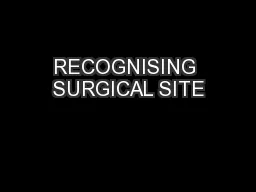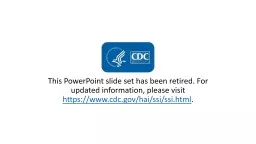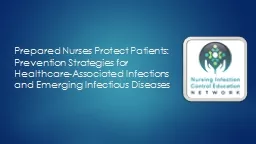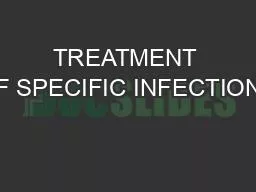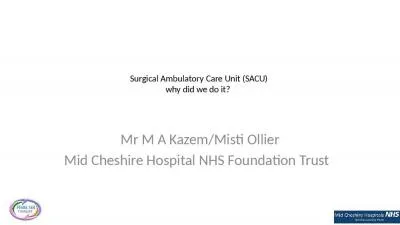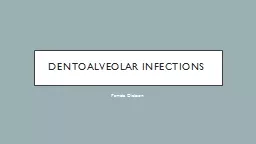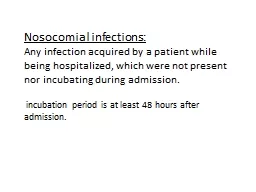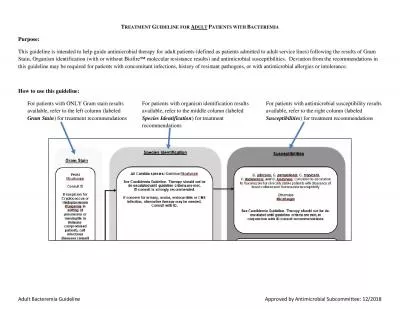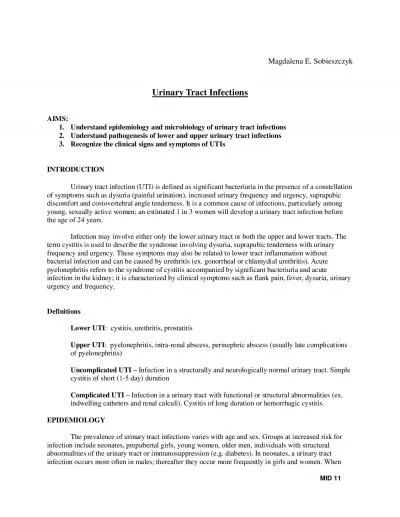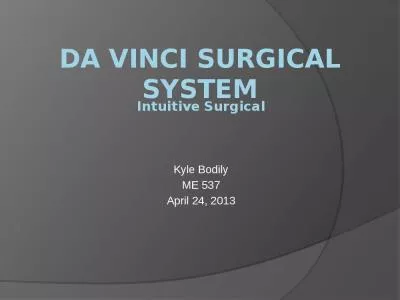PPT-Infections in Surgical Patients
Author : patricia | Published Date : 2023-07-27
What about prophylaxis James Molton Infectious Diseases Physician Mater Hospital Brisbane Sumi Britton Diana Moore Mater SAP Audit April 2018 Retrospective audit
Presentation Embed Code
Download Presentation
Download Presentation The PPT/PDF document "Infections in Surgical Patients" is the property of its rightful owner. Permission is granted to download and print the materials on this website for personal, non-commercial use only, and to display it on your personal computer provided you do not modify the materials and that you retain all copyright notices contained in the materials. By downloading content from our website, you accept the terms of this agreement.
Infections in Surgical Patients: Transcript
Download Rules Of Document
"Infections in Surgical Patients"The content belongs to its owner. You may download and print it for personal use, without modification, and keep all copyright notices. By downloading, you agree to these terms.
Related Documents

